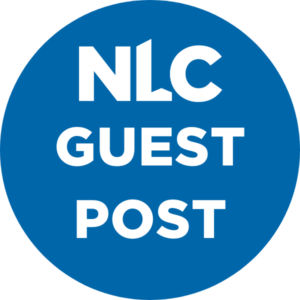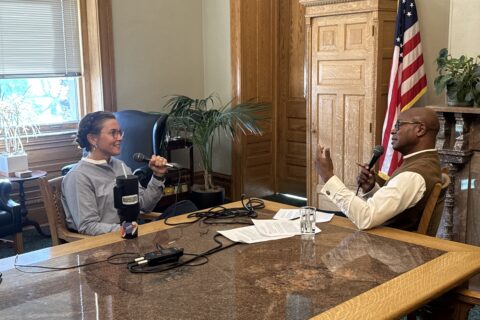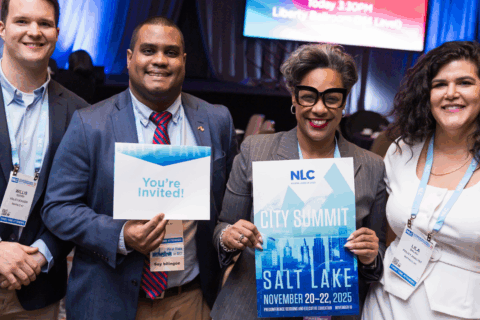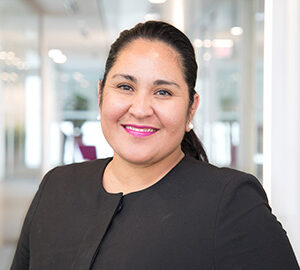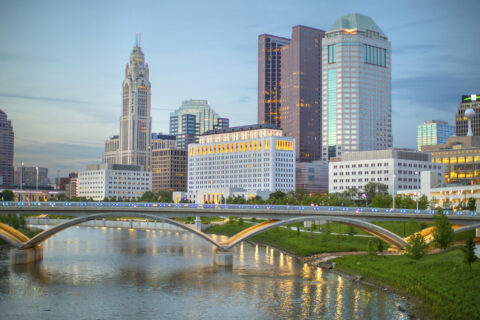Authored by Tim Kelly, Mayor, Chattanooga, TN
With all the news about tariffs and inflation it may seem like economic mobility and opportunity is something left to the whim of whomever is sitting in the White House. The reality is the groundwork to develop a strong workforce and create economic mobility and opportunity begins in the cities, like Chattanooga, Tennessee, where I serve as mayor.
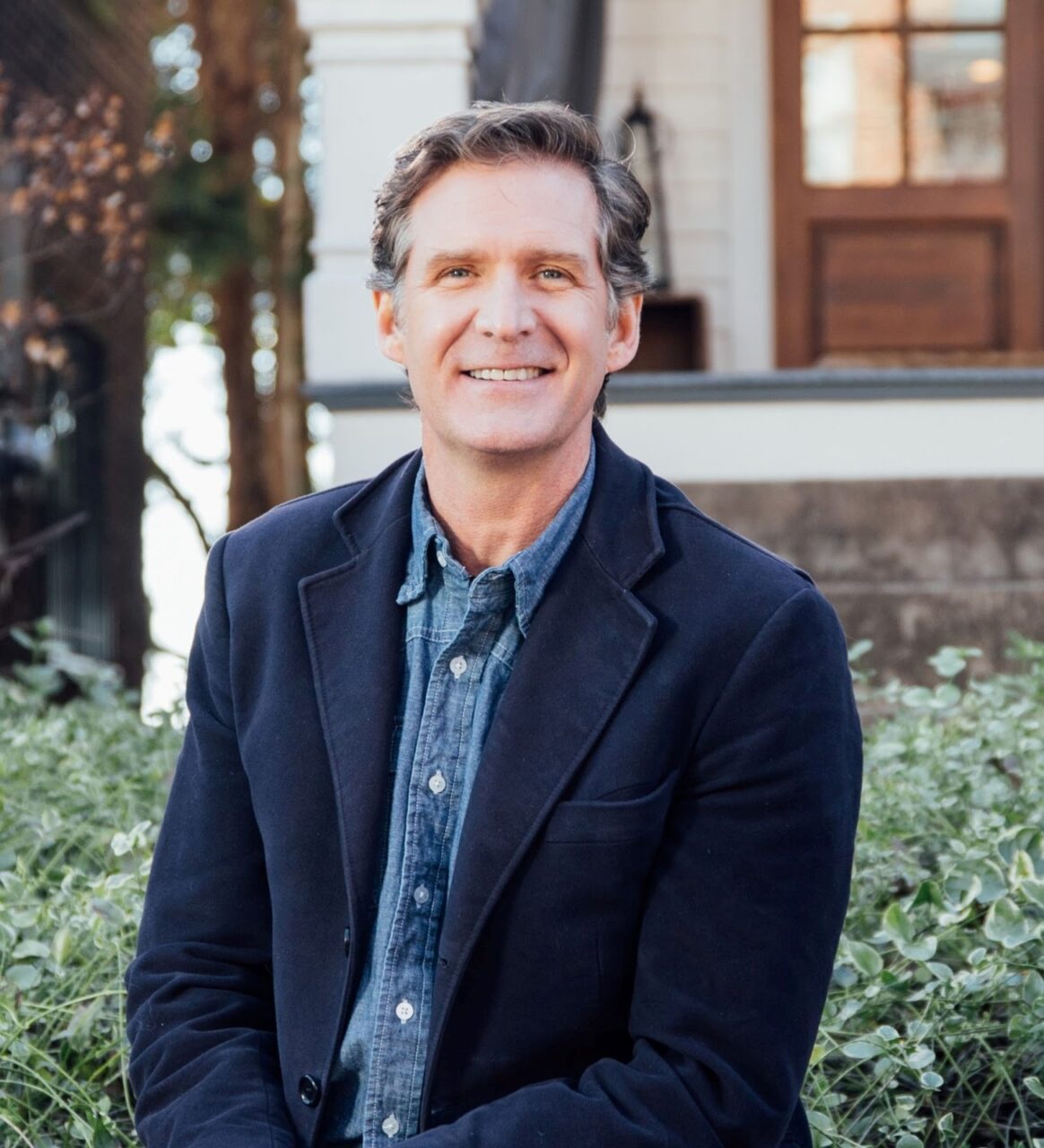
I was motivated to run for office by the idea that cities can solve their own problems and are better positioned to improve lives than ever before. For greater Chattanooga, economic mobility has meant creating a coordinated system that improves residents’ ability to assemble all the things they need to move up the ladder.
One of our main challenges — and I know we are not alone in this — is that there are a vast number of players in the economic mobility space and there are various definitions of what economic mobility means. For some, just getting someone any job at all means success. For others, it’s getting someone a job with advancement opportunities.
One Chattanooga Plan
When I came to office, what economic mobility and opportunity looked like to people in Chattanooga depended on where they lived. We’re home to one of the state’s wealthiest ZIP codes, and one of its poorest. That’s why I came up with our One Chattanooga Plan, creating a responsive city government that helps all residents thrive.
“Chattanooga’s future will be shaped by us — all of us — and we alone can choose whether or not we accept the fate of a divided city or take the bold steps to realize One Chattanooga, together.”
Our secret sauce to putting this plan into action during my administration has been collaboration.
We joined National League of Cities’ Southern Cities Economic Initiative, actively engaged in its Great Jobs Challenge and piloted the Builder’s Blueprint Program, which addresses barriers to obtaining contracting licenses, increases the diversity of the city’s contractors and vendors and creates more economic opportunities.
Theodore Sanders, a current participant in the program and owner of Sanders Remodeling, had originally brought concerns to the city about the barriers to applying for contracting licenses. We got the Builder’s Blueprint Program off the ground after working with the NLC and Pathway Lending.
A big challenge is managing the narrative on wealth and poverty, and helping people understand that lifting people out of poverty helps everyone, not just those experiencing poverty.
City Government as Employer
In Chattanooga, as in most cities, city government is one of the area’s largest employers (PDF). We’ve been fortunate to receive a $500,000 EDA Recompete Planning Grant that we are using to drive systems change in the greater region with a focus on five census tracts in economically distressed communities. The EDA grant program targets areas where prime-age (25-54 years) employment significantly trails the national average, with the goal to close this gap through large, flexible investments.
Chattanooga’s successes come from working together, including with our private industry and educational partners. We have youth employment and apprenticeship goals within four city departments and have partnered with local non-profits to connect at-risk students and adult residents to training that leads to job opportunities. Our public-private partnerships also include the Construction Career Center, Tech Goes Home and Tyner Academy.
We continue to work the One Chattanooga Plan when it comes to providing support services, education, workforce training for in-demand jobs and micro-credentials.
Chattanooga is also a hub for entrepreneurship. During my administration, we’ve invested $2.9 million in entrepreneurship access programs. The city’s EPB fiber optic network and “smart grid” have attracted companies and remote workers from around the globe, and now we’re about to be the first city in the United States with a quantum network.
We’re a mid-size city that continues to punch above its weight.
Permanent Housing
Of course, economic mobility and opportunity can only come when people have access to an affordable roof over their heads, which is why I’ve made that a top priority. Over the past four years, we’ve placed nearly 3,000 people into permanent housing.
Just recently, our One Westside groundbreaking took place. This will replace 629 units of public housing one-for-one and build 1,100 new mixed-income housing units. This matched up with current residents’ vision for and truly touches on every aspect of our One Chattanooga Plan. It’s part of a $1 billion initiative that includes further redevelopment of our riverfront with a project called The Bend.
This all comes as Chattanooga has been named North America’s first National Park City. We consider ourselves a city in a park, and not just a city with some parks within it. This designation involved building strong bonds with London and Adelaide, Australia, and we recently welcomed the City of Breda in the Netherlands into the fold.
Inspiration from Other Cities
We’ve had additional successes looking toward other cities for inspiration. The Invest Chattanooga initiative, which is a public enterprise created to fund mixed-income housing developments, is modeled after Atlanta’s approach to financing housing. And our decision to ask voters to change our residency requirement for hiring in our police and fire departments was influenced by its implementation in cities like Knoxville, Nashville and Baltimore.
I continue to believe the best solutions to our problems come from our own backyards. Especially in the wake of federal turmoil, no one is coming to save us, so we have to help ourselves. To paraphrase the Serenity Prayer, we should focus on what we CAN control — which, with powerful public, private, and philanthropic partnerships, civic engagement, and good local leadership — is most things that matter to our quality of life in the cities we call home.
NLC’s Economic Mobility Continuum
NLC’s Economic Mobility & Financial Empowerment team explains economic mobility as a continuum across three key stages: economic stability, economic security and wealth building.

